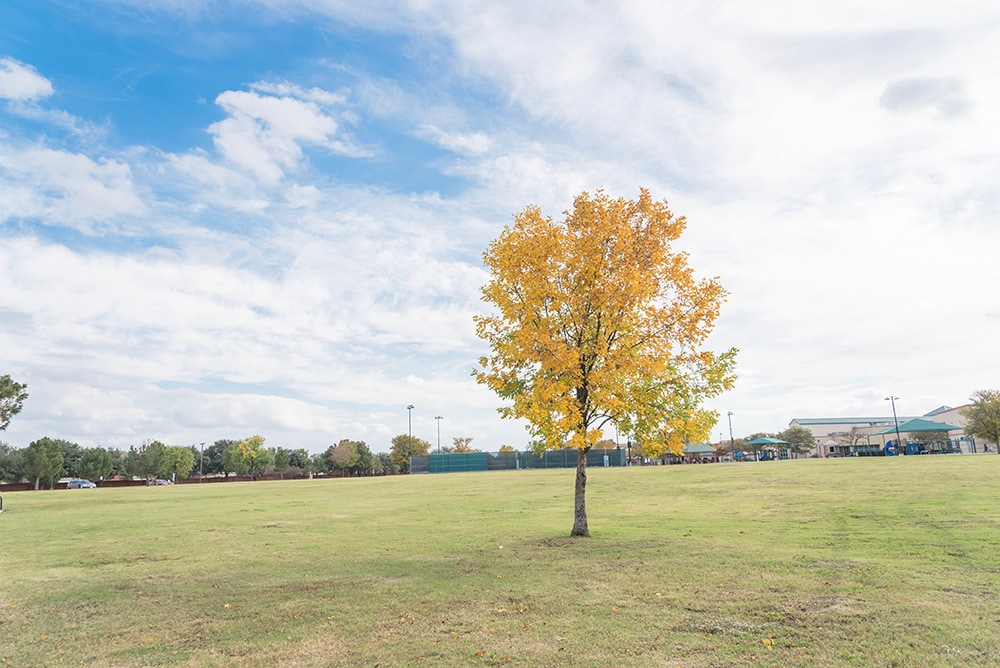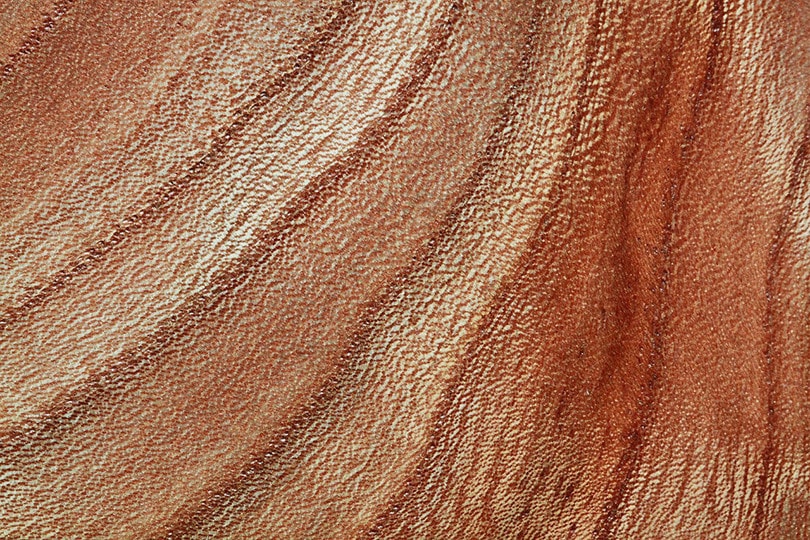Is Elm a Hardwood? Benefits, Pitfalls & FAQ
-
Pete Ortiz
- Last updated:

Is Pine a Hardwood? Is It Good for Flooring? Elm is a hardwood, and its timber is commonly used in furniture, cabinetry, and the production of hockey sticks. It also has an attractive grain and a warm color, which makes it popular for decorative pieces. It does need sealing to prevent decay and care has to be taken during the drying and sealing processes to ensure that it does not split or warp.
Once dried, it is considered to have moderate dimensional stability, so it should not warp as long as some care is taken to avoid overly dry or wet conditions. And, while it is a hardwood, it is not prone to blunting machines or tools, so it can be a good choice for manufacturing wood flooring, although more popular woods do exist.
Is Elm a Hardwood?
Elm is a hardwood, although its Janka Hardness rating of 830 means that it is a soft hardwood. It is quite durable but more prone to damage than harder woods. While it is slightly more prone to damage than harder hardwood, this also means that it can be worked by hand or machine with less chance of blunting the tools.

Benefits of Elm for Flooring
- Attractive Grain – When seasoned, elm can split. These splits can be treated and are presented as adding character to the wood, which has a warm color and an already attractive grain. Once varnished or treated, elm flooring is considered aesthetically pleasing.
- More Durable Than Softwood – Although softer than most hardwoods, elm is harder than pine and other softwoods. This means that it is less likely to become dented or scratched than materials like pine while being easier to work than hard hardwood.
- Strong – It is a strong wood with a twisted grain, which means that furniture and other items can be placed on an elm floor without worry that it will break or snap.
- Resistant to Moisture – The twisted grain of elm means that it is resistant to moisture. It was once used for water piping and is used for planking on boats. Therefore, it is resistant to water from mopping and from general spills when used as flooring.
Pitfalls of Elm for Flooring
- Difficult to Dry – Elm can be air dried or dried at low temperatures in a kiln, but the timber likes to warp during the drying process. As such, it requires special and careful treatment, otherwise, the wood will not be straight, and it is difficult to resaw elm once it has dried.
- Moderate Dimensional Stability – Dimensional stability is the ability of a material to keep its original dimensions after washing. Because elm likes to warp while drying but is fairly resistant to warping after this, it is considered to have moderate dimensional stability. Once laid, the elm floor should be kept dry and at a moderate temperature to prevent further warping and changing.
What Do You Use Elm Wood For?
Elm is a hardwood but is softer than most others, while its attractive finish also makes it popular for certain applications. It is used to make furniture and is used as a flooring timber because of its strength. It is commonly used to make boxes and baskets because it will withstand holding heavy weight. Because it is good at resisting water, elm has historically also been used to make water pipes before metal was used and for making coffins and even planking for boats.

Is Elm Harder Than Ash?
Elm is a relatively soft hardwood. It has a Janka Hardness rating of 800 compared to ash with a hardness of 1,320, beech with 1,300, and maple with 1,450. It is even softer than cherry, which has a hardness rating of 950. It has roughly the same hardness as softwoods like yellow pine at 870, and is harder than white pine, which has a 420 rating.
Which Wood Is Best for Floors?
There are a lot of different woods that can be used to make flooring, from reclaimed to engineered. Some of the most popular are oak, pine, and, more recently, bamboo. All these materials have pros and cons, and it depends on the room, how much traffic and wear the flooring will receive, and the finish you want for the room, as to which is the best material.
 Conclusion
Conclusion
Wood flooring can give a classic and decorative finish to any room. It tends to be popular in halls and busy areas, living rooms, and dining rooms. Hardwood is commonly chosen over softwood, although engineered wood and laminate remain popular, alternatives and bamboo, which is not really a wood at all, are becoming increasingly popular. Although prone to warping during drying, elm makes a good flooring material because it is strong, tough, and resistant to water. However, it will need treating and may be prone to some minor damage.
- https://getrit.com/elm-wood-for-furniture-p010501
- https://www.thewoodplace.com/wood-types/elm
- https://woodworkly.com/is-elm-a-hardwood/
- https://www.woodflooringengineered.co.uk/flooring/english-elm-flooring
- http://www.countyfloors.com/species_elm.html
- https://www.woodweb.com/knowledge_base/Drying_Elm_Wood.html
- https://www.sunningdaletimber.co.uk/latest-news/hardwood-types-uses-advantages-disadvantages/
- https://www.forestwildlife.org/what-is-elm-wood-used-for/
Featured Image Credit: Trong Nguyen, Shutterstock
Contents


 Conclusion
Conclusion